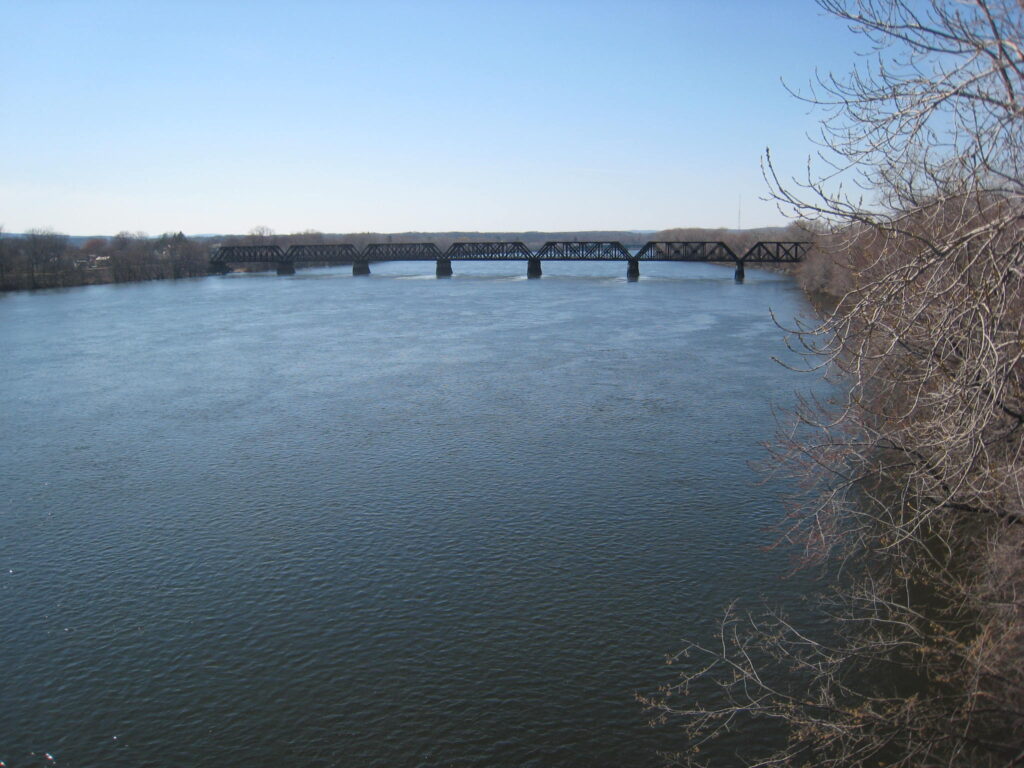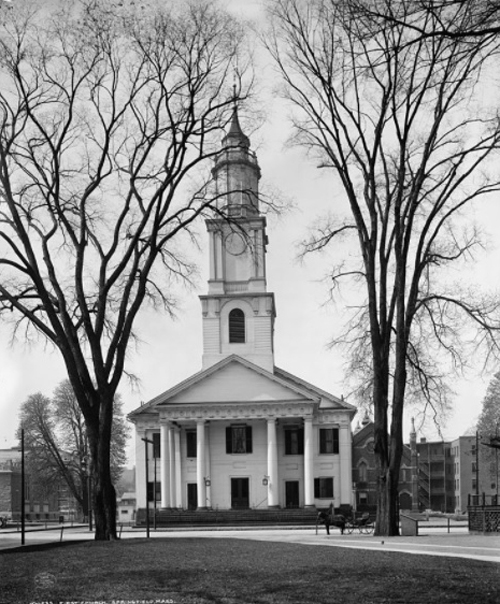About 40 years ago, my mother tried to find out who was the first member of the Bagg family to come to North America. (Her mother’s maiden name was Bagg.) The answer surprised everyone and revealed a further mystery that remains unsolved.
Mother turned to Debrett, a company that specialized in researching British aristocratic ancestries. She suggested they look for the Bagg family’s origins in County Durham, in northeast England, but that search came up empty. (We eventually realized it was another branch of the family that came from Durham.)
She told her friend Carol, who lived in Boston, about her interest in the Bagg family. Carol replied, “I’m descended from the Baggs too!” Carol then sent my mother an article about the family’s roots in colonial Massachusetts.1
With that information, my mother went back to Debrett and they prepared a report on four generations of the Bagg family in New England, including our ancestors who fought as soldiers in the American Revolution.2 Carol’s ancestor was Joseph Bagg (1740-1836) and our direct ancestor was his brother Phineas (c. 1751-1823), who moved to Canada around 1795.3 Their great-grandfather John Bagg (? – 1683) was the immigrant member of the family.

John Bagg first appeared in the records of Springfield, Massachusetts in 1657, 20 years after the town had been founded, and long after the end of the Great Migration, the period between 1620 and 1640 when thousands of people emigrated from England to New England. John married Hannah Burt in Springfield and he stayed there for the rest of his life.
A book about the Burt family written in the 1890s said that John Bagg “is supposed to have emigrated from Plymouth, England,”4 but my mother’s research was not able to confirm that.
Several John Baggs
Debrett’s report revealed that there were several individuals named John Bagg in the 17th century. For example, The Original Lists of Persons of Quality, by John Camden Hotten, which listed emigrants, religious exiles, political rebels and others who went from Great Britain to the American Plantations, 1600-1700, included a John Bagg who owned more than 10 acres of land in Barbados in 1638. Almost 50 years later, in 1685, another John Bagg from Thorncombe, Dorset left Bristol, England for Barbados.
In 1991, Mother contacted British genealogy researcher Peter Bennett. He noted that the wills of several individuals named Bagg, Bagge or Baggs and dated between 1540 and 1667 could be found in the Archdeaconry Court of Exeter, and there were several more wills in Dorset. Devon wills were destroyed by bombing during World War II. According to a family story, we were descended from the James Bagg who was mayor of Plymouth around 1600, but there is no evidence to support that story.
A better bet, though still unproven, was the John Bagg, age 16, who was transported to Virginia aboard the ship Safety in August, 1635.5 In 1991, researcher W. Denis Hanley of the New England Historic Genealogical Society (NEHGS) replied to Mother’s query. He wrote that there was no trace of John Bagg in Virginia records at the NEHGS, but that there might be something at the Virginia state archives.
Hanley suggested that John Bagg may have gone to Virginia as an indentured servant, having promised to work the land for several years, but broke that promise and sailed to Barbados where he was granted land, then eventually moved to Massachusetts. Or he might have gone to Virginia as an indentured servant, stayed on the plantation for a number of years and then moved to Massachusetts in the 1850s.
If John Bagg left England at age 16 in 1635, he would have been 38 when he married 16-year-old Hannah in 1657. As for his motivation to leave Virginia, there were few unmarried women on the plantations of Virginia, so perhaps he came to Massachusetts to look for a wife and picked Springfield because he would be able to find employment as a day labourer there until he could acquire land of his own.
My mother did not follow up with further research in Virginia, nor did I. But even if I find John Bagg – or Bag, Bagge, Begg, Bigg or Biggs – in the records there, it would be hard to say with certainty that he was the man who settled in Springfield, and we still do not know his origins in England.
See also:
Janice Hamilton, “John Bagg of Springfield, Massachusetts,” Writing Up the Ancestors, Feb. 22, 2018, https://www.writinguptheancestors.ca/2018/02/john-bagg-of-springfield-massachusetts.html
Sources:
- Lyman Hotchkiss Bagg “Autobiography 1846-1895. Forming a supplement to the “Obituary Notice of a Yale Graduate of ’69 written by himself in 1890.” New York: printed for private distribution by Karl Kron, publisher; reprinted from the Biographical Records of the Yale Class of 1869, vol. I, p 24-32.
- Debrett, “The Bagg Family of Massachusetts, America and of Montreal, Canada. Research for Mrs. J.D. Hamilton, July, 1980.”
- William A. Cooper, “The James Bagg of Lanesborough, Massachusetts” based on research made by John McIlvene. Conshohooken, Pa, 1918.
- Henry M. Burt, Silas W. Burt. Early Days in New England. Life and Times of Henry Burt of Springfield and Some of His Descendants. Springfield: Clark W. Bryan, printers, 1893. Google Books, p.249.
- Michael Tupper, editor. Passengers to America. A Consolidation of Ship Passenger Lists from The New England Historical and Genealogical Register. Baltimore: Genealogical Publishing Co., 1977, p. 98.



